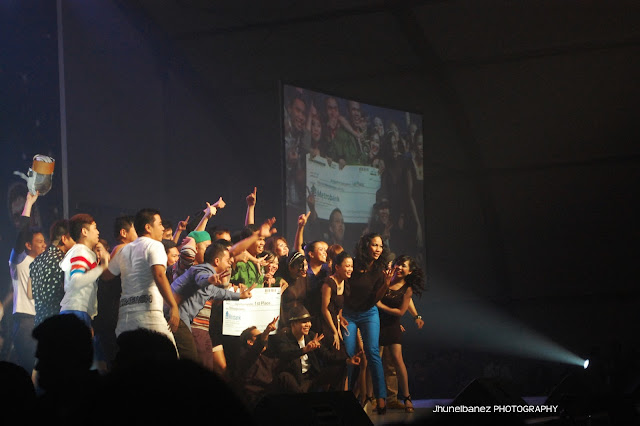GENERAL 2G Network GSM 850 / 900 / 1800 / 1900
3G Network HSDPA 900 / 1700 / 2100
HSDPA 850 / 1900 - for AT&T
SIM Mini-SIM
Announced 2011, September
Status Available. Released 2011, December
BODY Dimensions 122 x 61 x 11 mm (4.80 x 2.40 x 0.43 in)
Weight 140 g (4.94 oz)
- Touch-sensitive controls
DISPLAY Type TFT capacitive touchscreen, 16M colors
Size 480 x 854 pixels, 4.0 inches (~245 ppi pixel density)
Multitouch Yes
SOUND Alert types Vibration, MP3 ringtones
Loudspeaker Yes
3.5mm jack Yes
MEMORY Card slot microSD (TransFlash) up to 32GB
Internal 1 GB storage, 512 MB RAM, 4 GB ROM
DATA GPRS Class 10 (4+1/3+2 slots), 32 - 48 kbps
EDGE Class 10, 236.8 kbps
Speed HSDPA 14.4 Mbps, HSUPA 5.76 Mbps
WLAN Wi-Fi 802.11 b/g/n, DLNA, Wi-Fi hotspot
Bluetooth Yes, v2.1 with A2DP, EDR
USB Yes, microUSB v2.0
CAMERA 8 MP, 3264x2448 pixels, autofocus, LED flash, check quality
Features Geo-tagging, HDR
Video Yes, 720p@30fps, check quality
Secondary Yes, VGA
FEATURES OS Android OS, v2.3 (Gingerbread), upgradable to v4.0
Chipset Qualcomm MSM8255T Snapdragon
CPU 1.4 GHz Scorpion
GPU Adreno 205
Sensors Accelerometer, gyro, proximity, compass
Messaging SMS(threaded view), MMS, Email, Push Mail, IM
Browser HTML, Adobe Flash
Radio FM radio
GPS Yes, with A-GPS support
Java Yes, via Java MIDP emulator
Colors Glossy Black, Textured Black, Elegant White, Vibrant Yellow, Cherry Blossom Pink, Burgundy
- Active noise cancellation with dedicated mic
- SNS integration
- Google Search, Maps, Gmail, Talk
- MP3/WAV/eAAC+ player
- MP4/H.263/H.264 player
- Organizer
- Document viewer
- Photo viewer/editor
- Voice memo/dial/commands
- Predictive text input
BATTERY Standard battery, Li-Ion 1930 mAh
Stand-by Up to 380 h
Talk time Up to 6 h 40 min
MISC SAR US 0.39 W/kg (head)
0.63 W/kg (body)
SAR EU 0.38 W/kg (head)
0.49 W/kg (body)
Loudspeaker Voice 71dB / Noise 68dB / Ring 75dB
Camera Photo / Video
Price 13500php




























